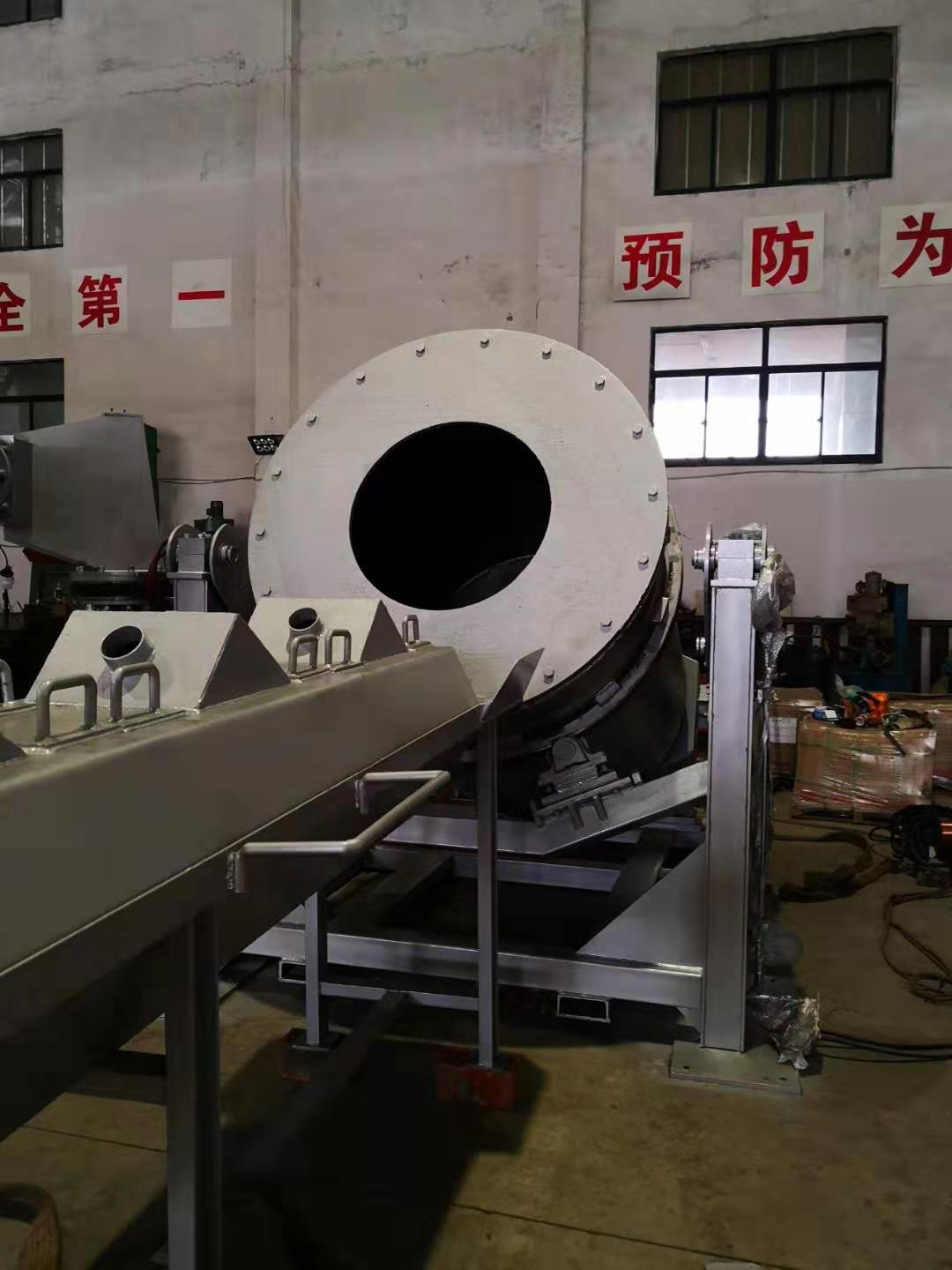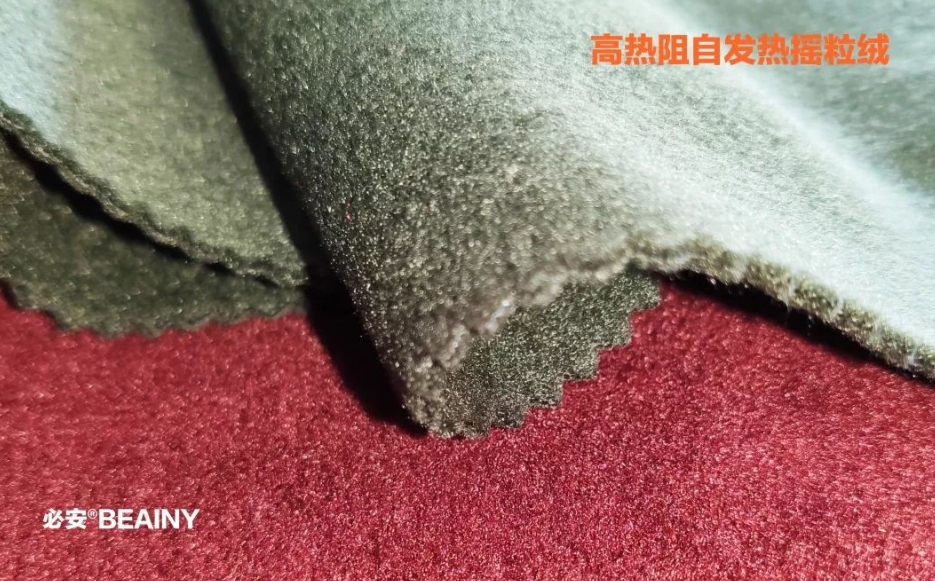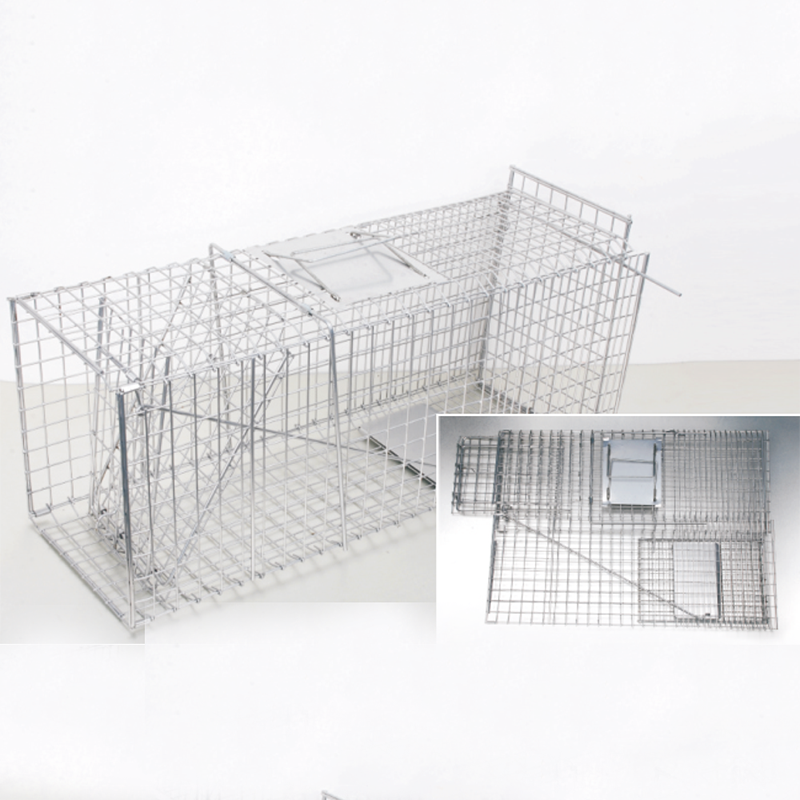The energy consumption of smelting waste aluminum using a conventional reverberatory furnace is about 1000kw/t, equivalent to 100Nm ³/ Natural gas or 100L/t oil. Using a tilting rotary furnace can save 25%. The decrease in energy consumption is mainly due to the significant improvement of heat transfer in the rotary furnace and the dual channel arrangement of the burners, resulting in a large amount of waste heat recovery in the flue gas.
The tilting rotary furnace adopts proportional integral differential control mode (IP) D to control the amount of fuel and combustion air. At the same time, this control is continuous and can automatically adjust the temperature according to the charging amount, making the smelting process in an optimized state. When smelting in a reverberatory furnace, the temperature of the furnace top or upper furnace wall is adjusted to 1100 ℃, while the setting temperature of a tilting rotary furnace is 750 ℃. 25% energy savings come from the improvement of temperature difference and thermal efficiency. The productivity of the tilting rotary furnace is improved by the use of fully automated charging machines, automated slag tanks (boxes), and automated slag removal, which means only simple operations are carried out during the smelting process; The number of operators can be reduced by at least two. One person can operate two furnaces with high thermal efficiency and fully automated control of the smelting process to achieve optimal melting speed. The melting cycle of the tilting rotary furnace can be reduced to less than 4 hours, which means that depending on the furnace capacity, each furnace can melt 6 to 8 furnaces per day, which is equivalent to a 15t furnace melting 90 tons of recycled aluminum every 24 hours, and a 5t furnace can melt about 40 tons.
Compared to a reverberatory furnace, a tilting rotary furnace has a much wider range of waste capacity, and can effectively melt from low-level slag, chips, and cans to process waste. Therefore, recycled aluminum enterprises can use low-level waste to smelt higher grade or even recycled aluminum, achieving good economic benefits. Low quality waste materials such as chips and slag cannot be melted using a reverberatory furnace.
From the above introduction, it can be seen that the main advantages of tilting rotary furnaces are reduced burning loss and increased productivity, which is due to the comprehensive automation control of melting temperature, time, and combustion parameters.


 English
English Español
Español Português
Português русский
русский français
français 日本語
日本語 Deutsch
Deutsch Tiếng Việt
Tiếng Việt Italiano
Italiano Nederlands
Nederlands ไทย
ไทย Polski
Polski 한국어
한국어 Svenska
Svenska magyar
magyar Malay
Malay বাংলা
বাংলা Dansk
Dansk Suomi
Suomi हिन्दी
हिन्दी Pilipino
Pilipino Türk
Türk Gaeilge
Gaeilge عربى
عربى Indonesia
Indonesia norsk
norsk اردو
اردو čeština
čeština Ελληνικά
Ελληνικά Українська
Українська Javanese
Javanese فارسی
فارسی தமிழ்
தமிழ் తెలుగు
తెలుగు नेपाली
नेपाली Burmese
Burmese български
български ລາວ
ລາວ Latine
Latine Қазақ
Қазақ Euskal
Euskal Azərbaycan
Azərbaycan slovenský
slovenský Македонски
Македонски Lietuvos
Lietuvos Eesti Keel
Eesti Keel Română
Română Slovenski
Slovenski मराठी
मराठी Српски
Српски 简体中文
简体中文 Esperanto
Esperanto Afrikaans
Afrikaans Català
Català עִברִית
עִברִית Cymraeg
Cymraeg Galego
Galego 繁体中文
繁体中文 Latvietis
Latvietis icelandic
icelandic יידיש
יידיש Беларус
Беларус Hrvatski
Hrvatski Kreyòl ayisyen
Kreyòl ayisyen Shqiptar
Shqiptar Malti
Malti lugha ya Kiswahili
lugha ya Kiswahili አማርኛ
አማርኛ Bosanski
Bosanski Frysk
Frysk ជនជាតិខ្មែរ
ជនជាតិខ្មែរ ქართული
ქართული ગુજરાતી
ગુજરાતી Hausa
Hausa Кыргыз тили
Кыргыз тили ಕನ್ನಡ
ಕನ್ನಡ Corsa
Corsa Kurdî
Kurdî മലയാളം
മലയാളം Maori
Maori Монгол хэл
Монгол хэл Hmong
Hmong IsiXhosa
IsiXhosa Zulu
Zulu Punjabi
Punjabi پښتو
پښتو Chichewa
Chichewa Samoa
Samoa Sesotho
Sesotho සිංහල
සිංහල Gàidhlig
Gàidhlig Cebuano
Cebuano Somali
Somali Точик
Точик O'zbek
O'zbek Hawaiian
Hawaiian سنڌي
سنڌي Shinra
Shinra հայերեն
հայերեն Igbo
Igbo Sundanese
Sundanese Lëtzebuergesch
Lëtzebuergesch Malagasy
Malagasy Yoruba
Yoruba









